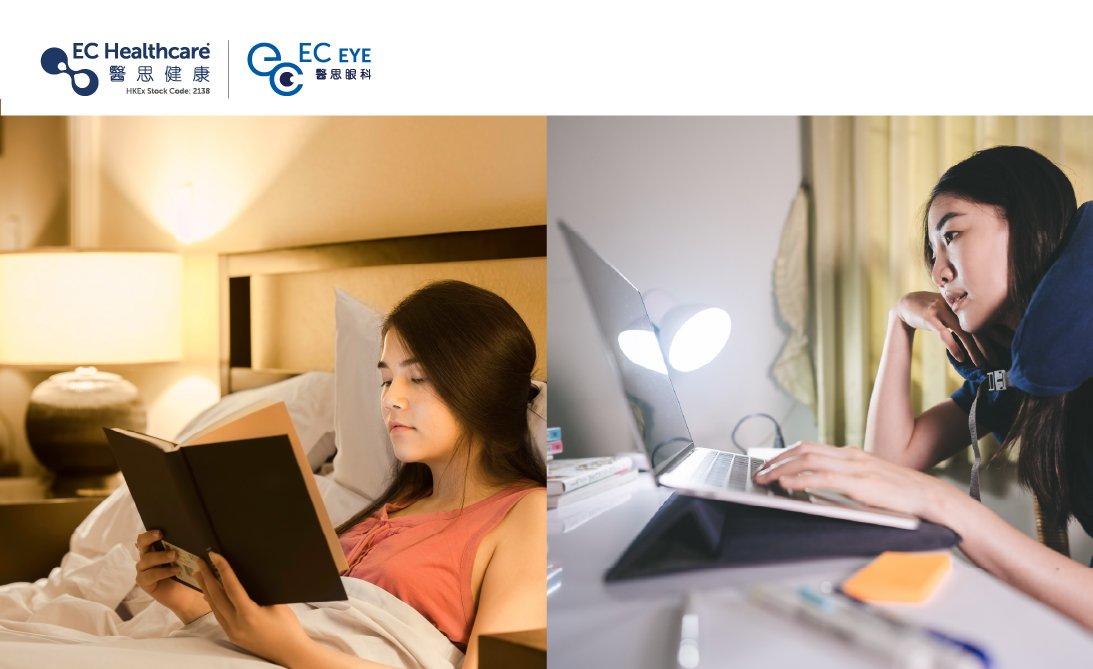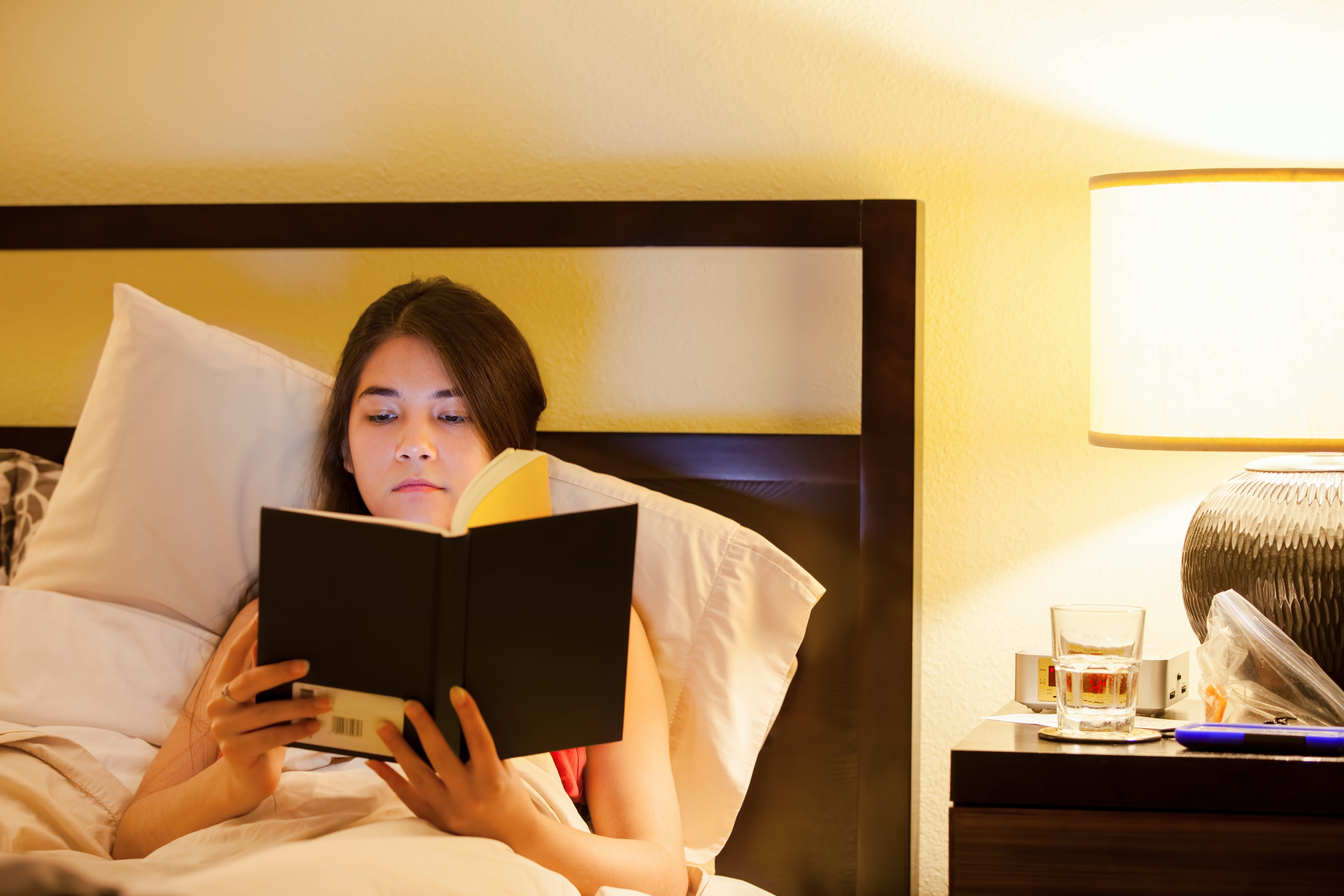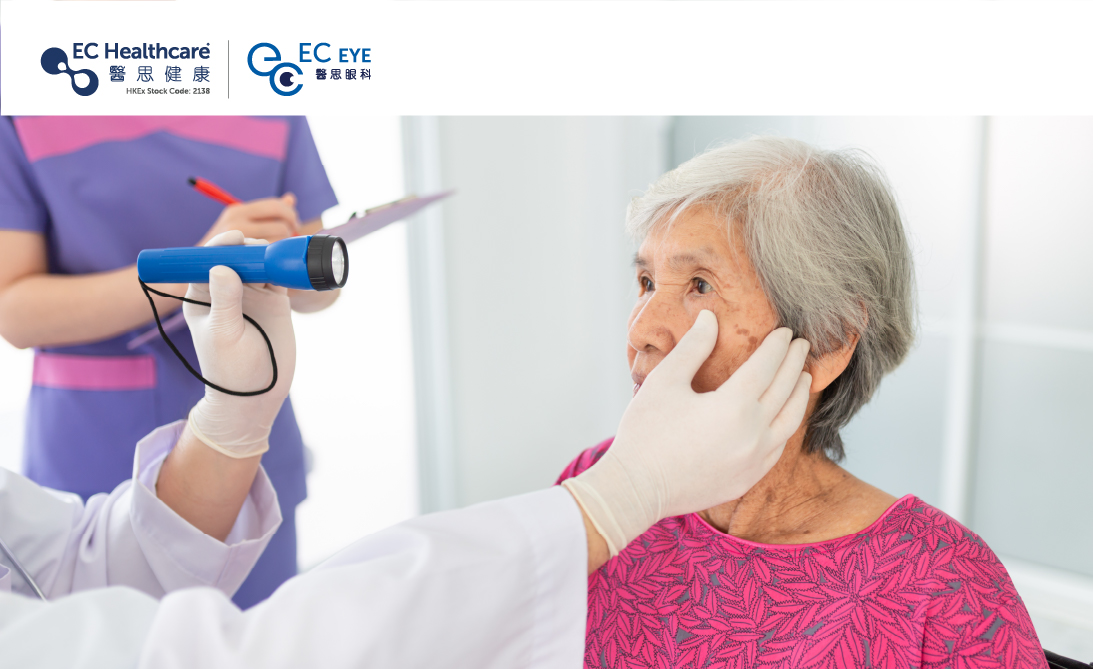White Light vs. Yellow Light: Which is Better for the Eyes?


Lighting is crucial for both office and home environments. Choosing the wrong bulb colour not only affects our mood but can also strain our eyes. This blog will explore the differences between white light and yellow light. If you want to take care of your eyes, read on to know more!

The impact of colour temperature on the human body
Colour temperature refers to the warmth or coolness of light. When purchasing light bulbs, you often see the packaging indicating a value such as "5000K". K (Kelvin) is the unit used to differentiate the colour of light, with lower values indicating more yellow light, and higher values indicating whiter light. Different colour temperatures of light can affect the body and brain's secretion.
Generally, offices and schools use white light bulbs with a colour temperature of around 5000K for illumination, since white light makes the overall space brighter. It also contains a higher proportion of blue spectrum compared to warm yellow light, which can suppress melatonin secretion, increasing one’s alertness.
On the other hand, yellow light (below 3000K) has less impact on melatonin secretion and is less irritating to the eyes. Therefore, being in a yellow light environment tends to create a more relaxed atmosphere, making it suitable for homes or bedrooms.
Using the wrong light bulbs can have some consequences. For example, using white light in the bedroom at night may disrupt melatonin secretion, making a person feel more awake when they should be sleeping, thus affecting sleep quality and potentially causing insomnia. Similarly, using yellow light in an office setting may induce drowsiness.
Is white light more harmful to the eyes than yellow light?
Research on the activity of retinal cells suggests that white light may potentially increase the burden on the eyes, especially for individuals with eye disorders.
White light (above 5000K) contains a higher amount of blue light, which accelerates the production of waste by cells. If the eyes cannot eliminate the waste promptly, it may accumulate in the eyes and cause "glare", leading to discomfort, irritation, or blurry vision. Prolonged exposure can have adverse effects on eye health.
It is a misconception that yellow lights lower in Kelvin temperatures are more eye-friendly. If you use mobile phones or computers under insufficient lighting, it requires the eyes to exert more effort to see, which can lead to pain, muscle tension, and even inflammation. When using yellow light at home, it is recommended to select a colour temperature ranging from 700K to 3200K.
For work purposes, the ideal colour temperature should fall between 3200K and 4000K. This range represents a combination of white and yellow light, also known as natural daylight. It is suitable for various settings and helps minimise the impact on eye health.
<立即預約>
Related Brands



